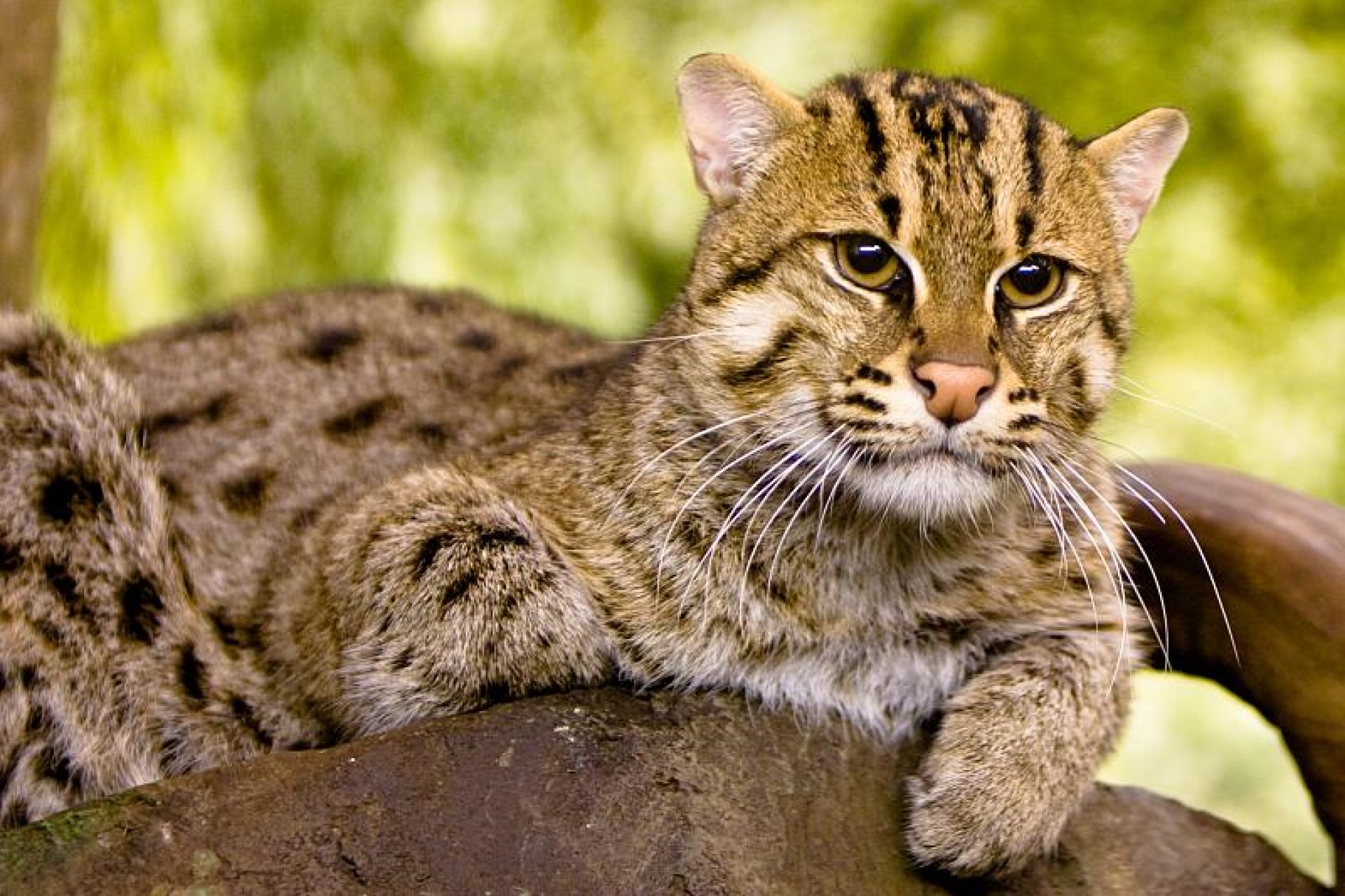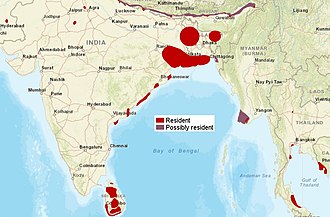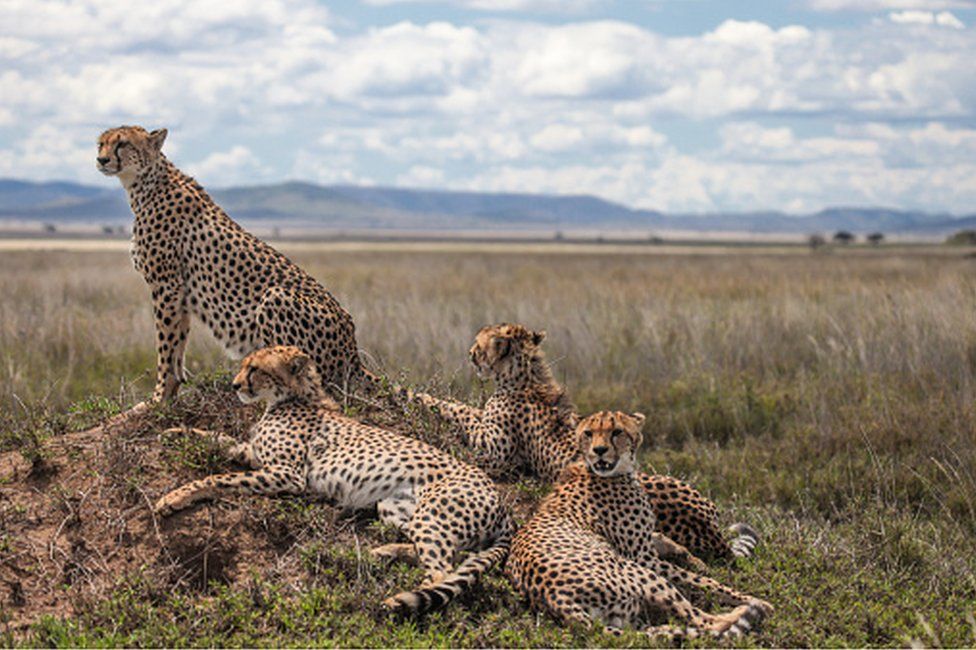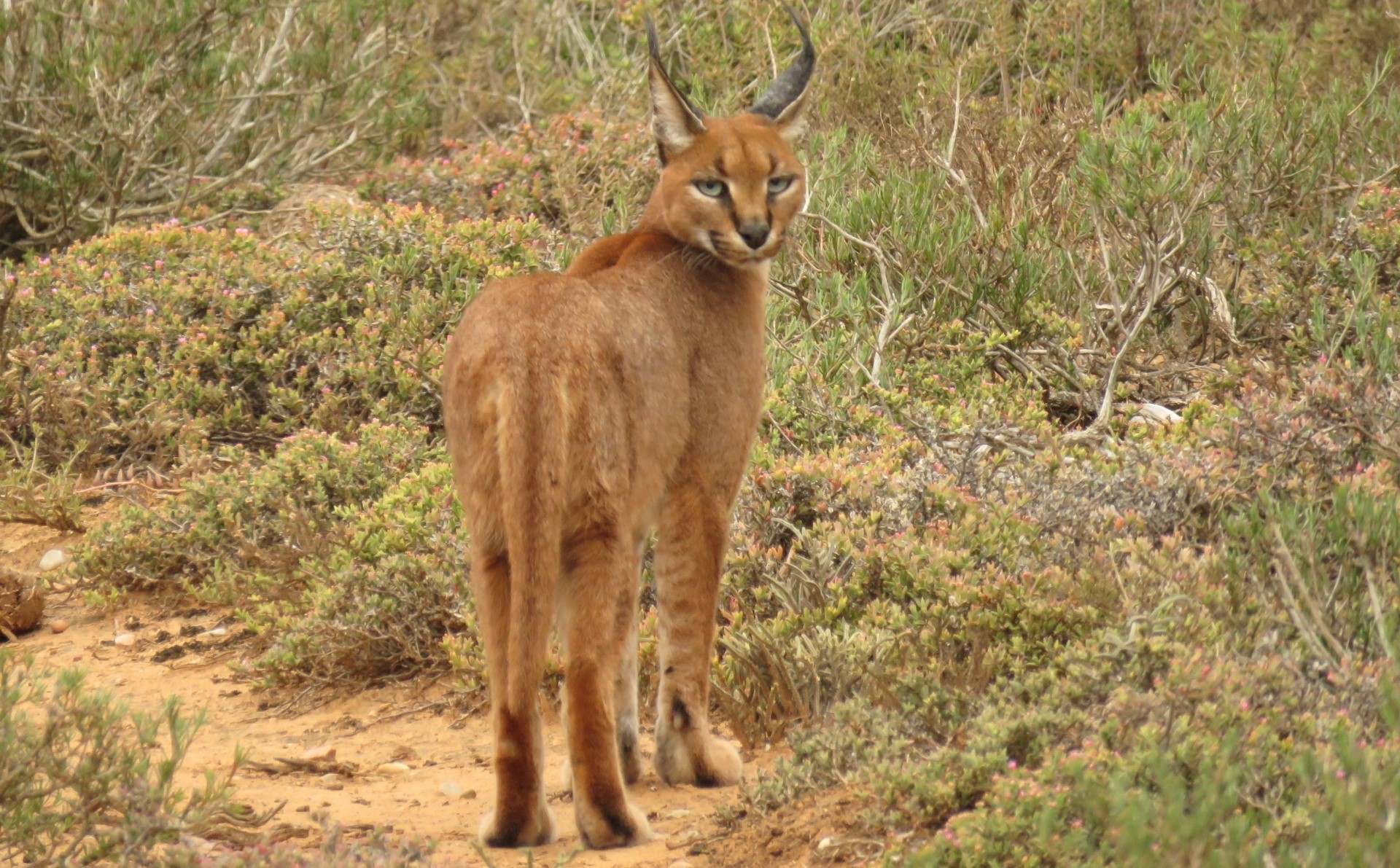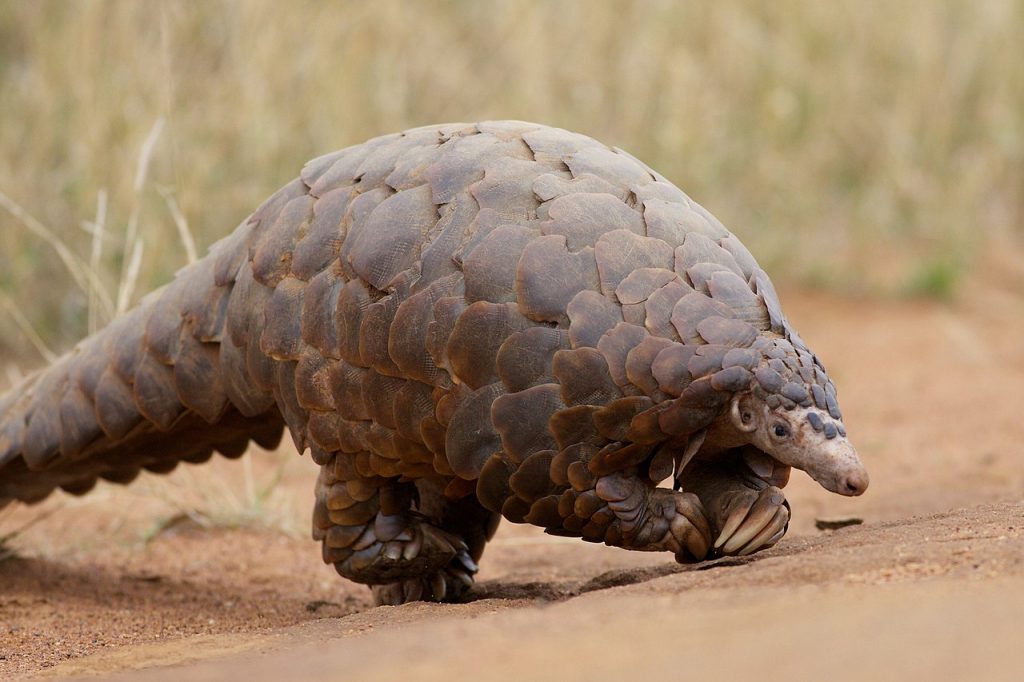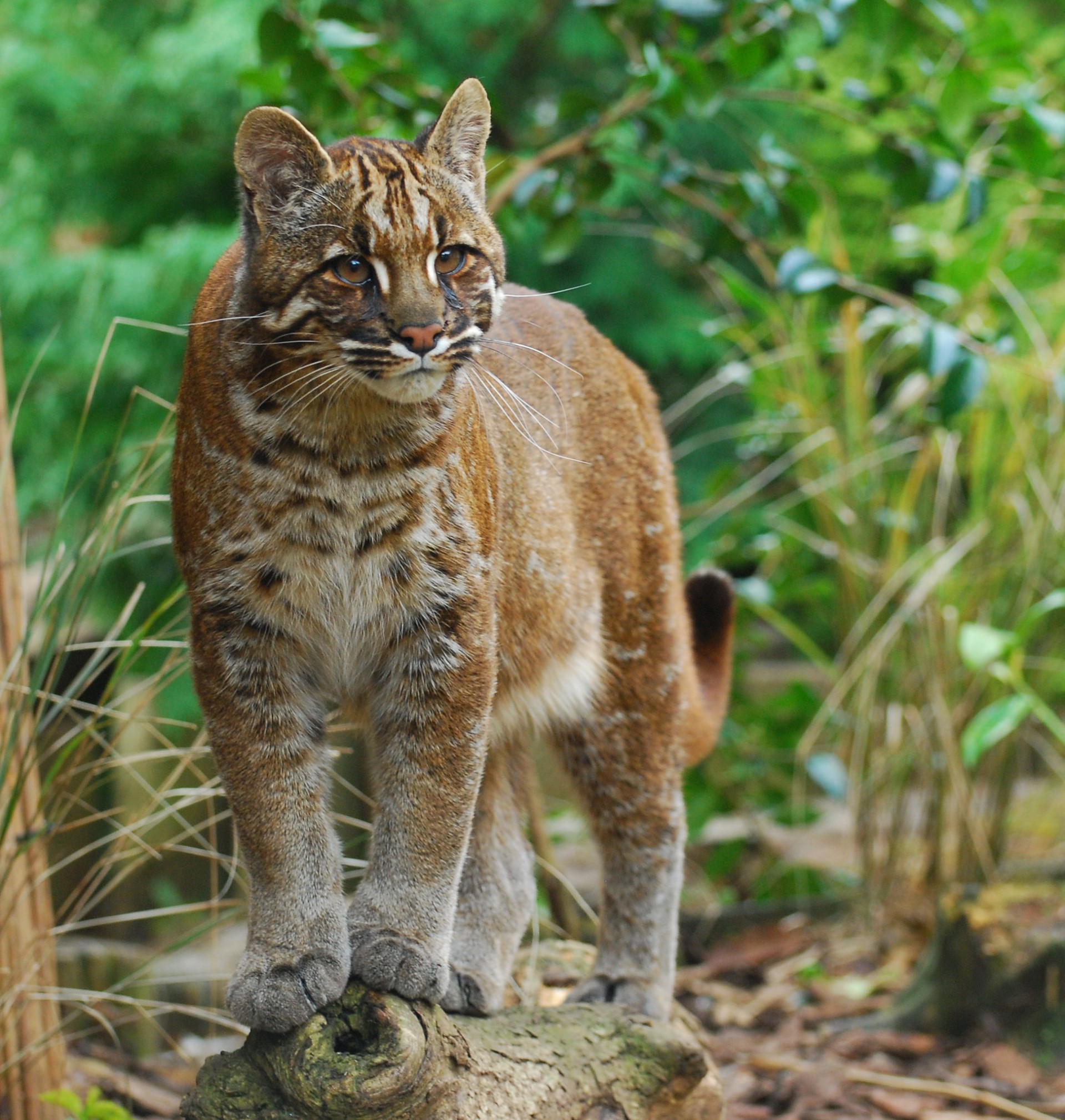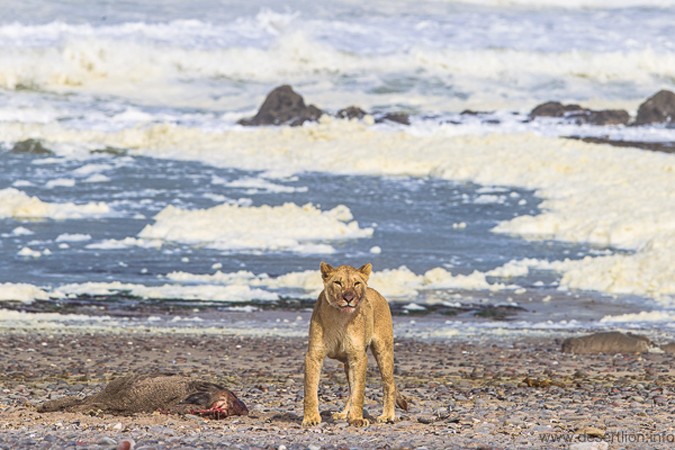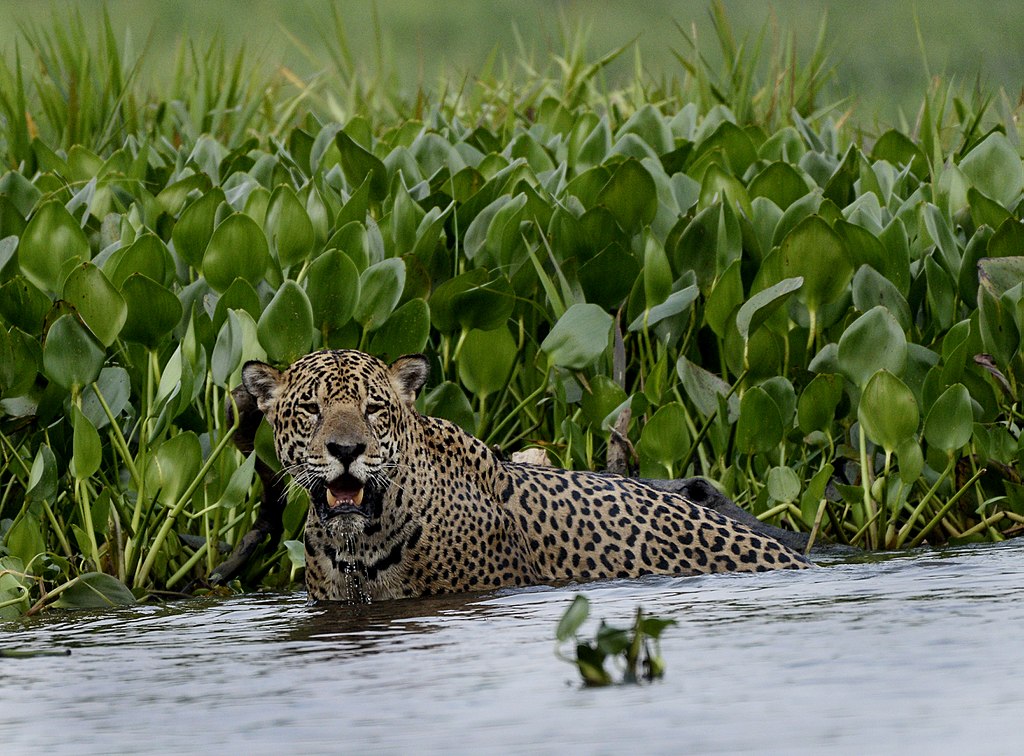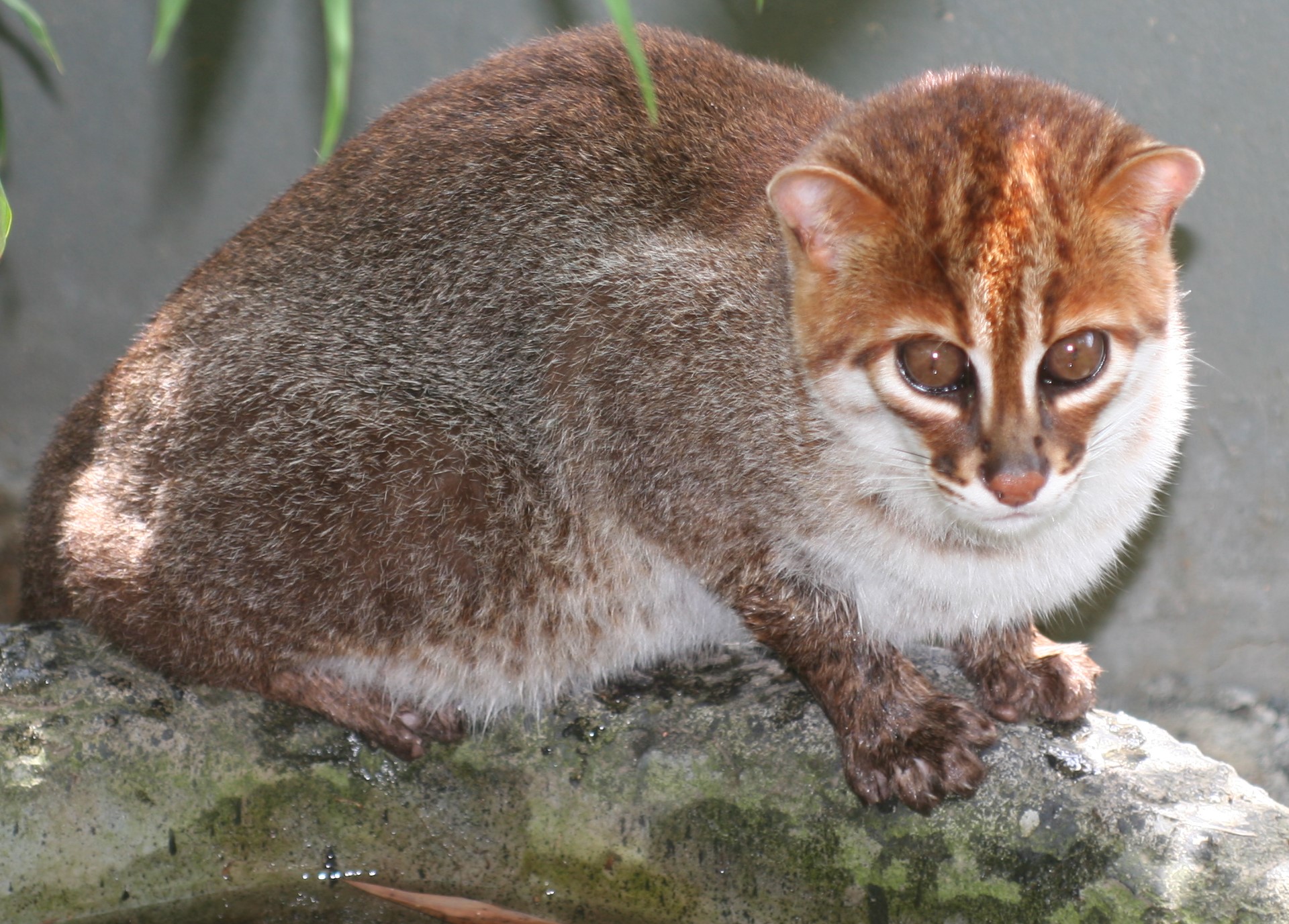
Flat-headed cat
Found on the Malay peninsular, as well as Borneo and Sumatra, the flat-headed cat is (like so many cats on this list) threatened with extinction, mostly as a result of habitat, which is being turned into farmland, palm oil plantations and human settlements.
Little is known about the wild behaviour of this cat – while it is thought to be nocturnal, in captivity it proved to be crepescular (that is active in early morning and late afternoon.

